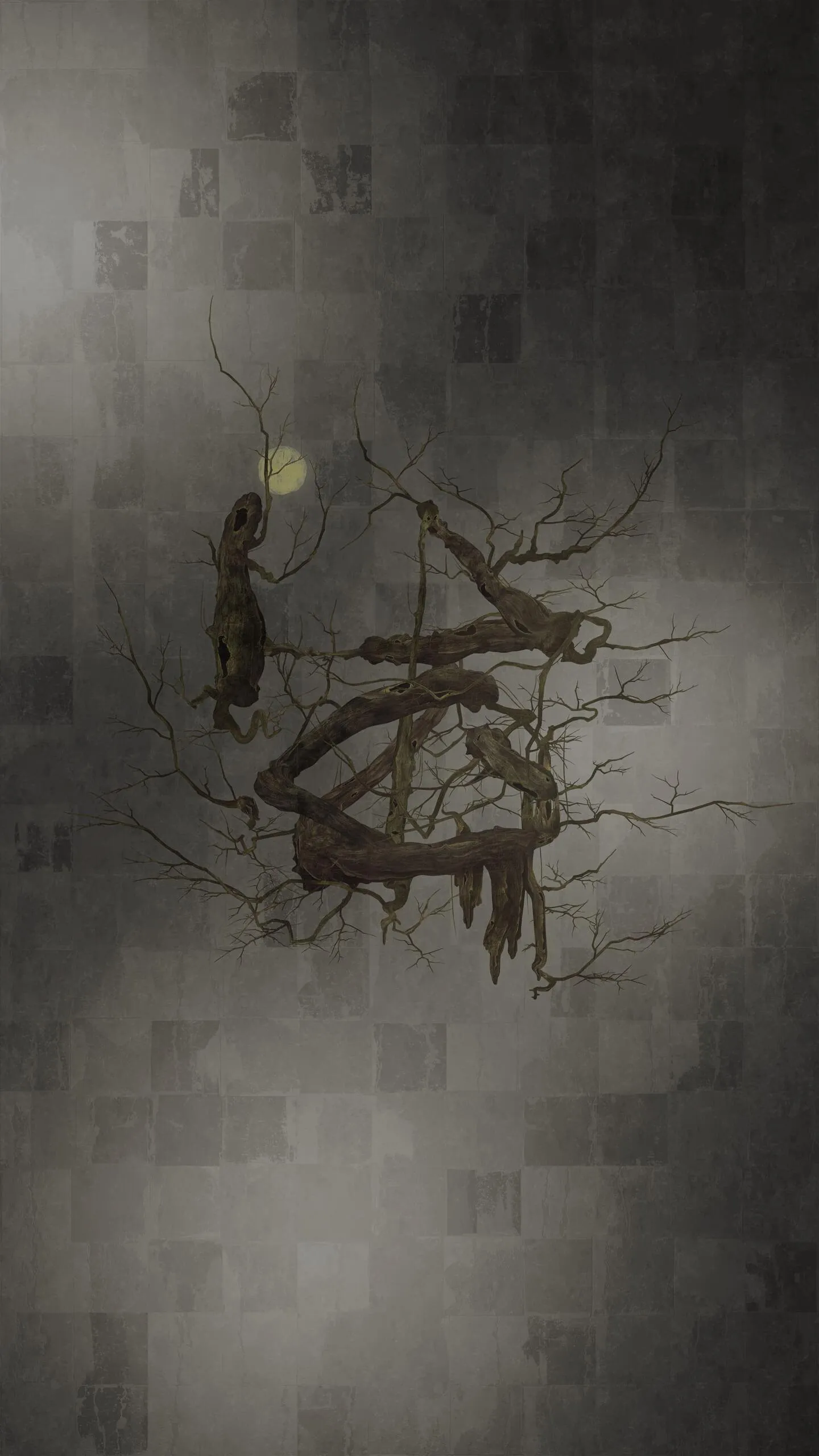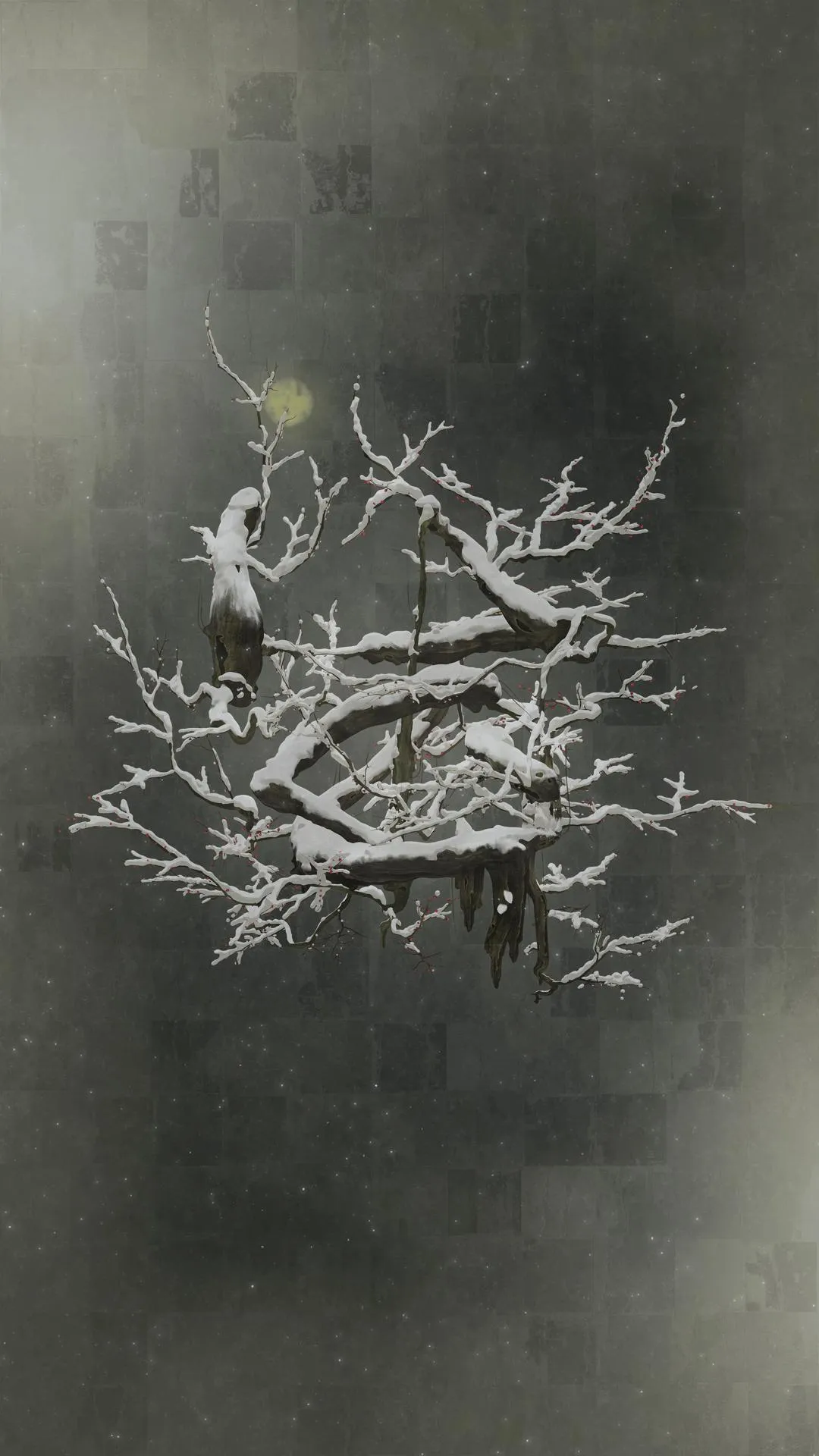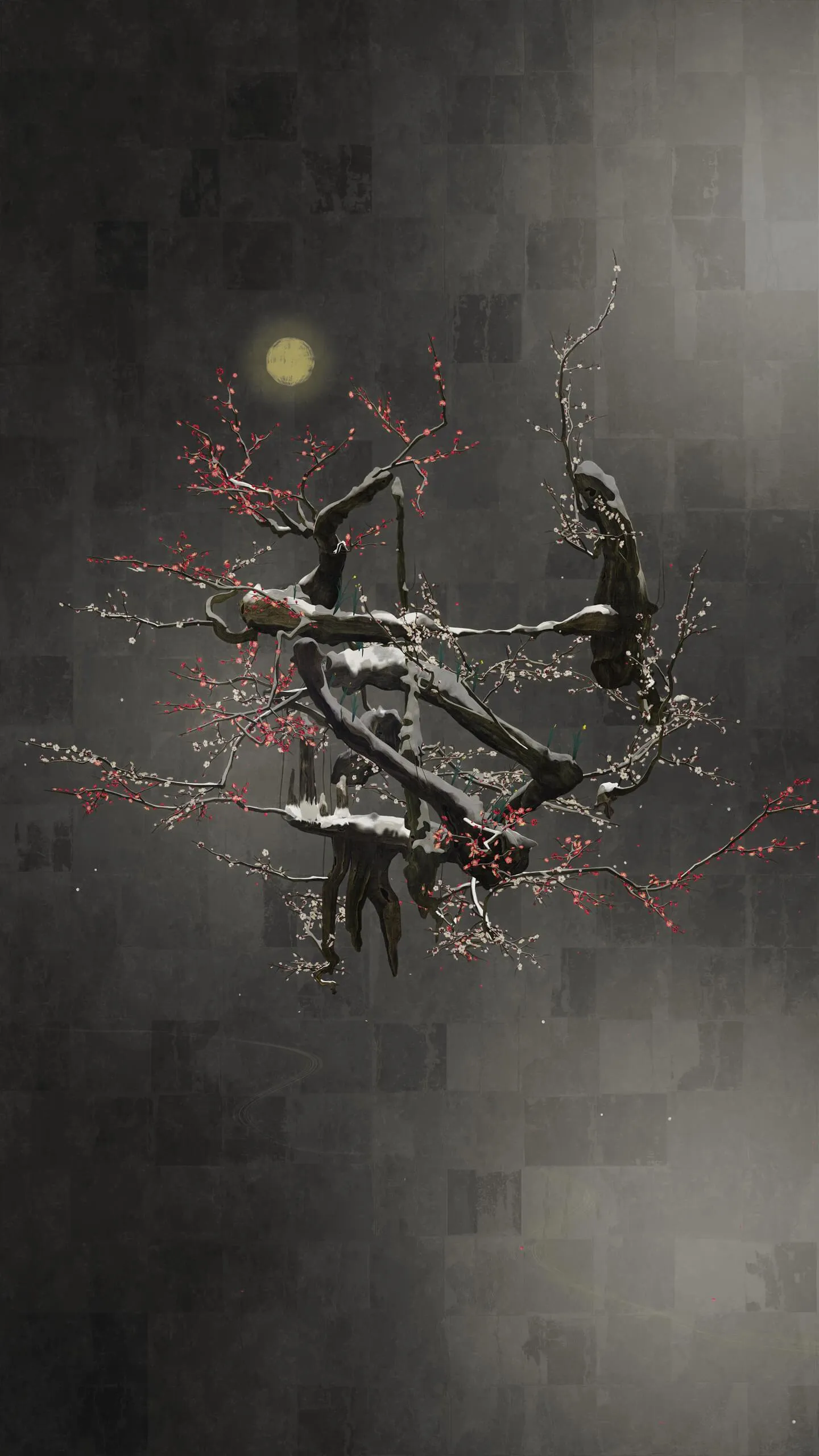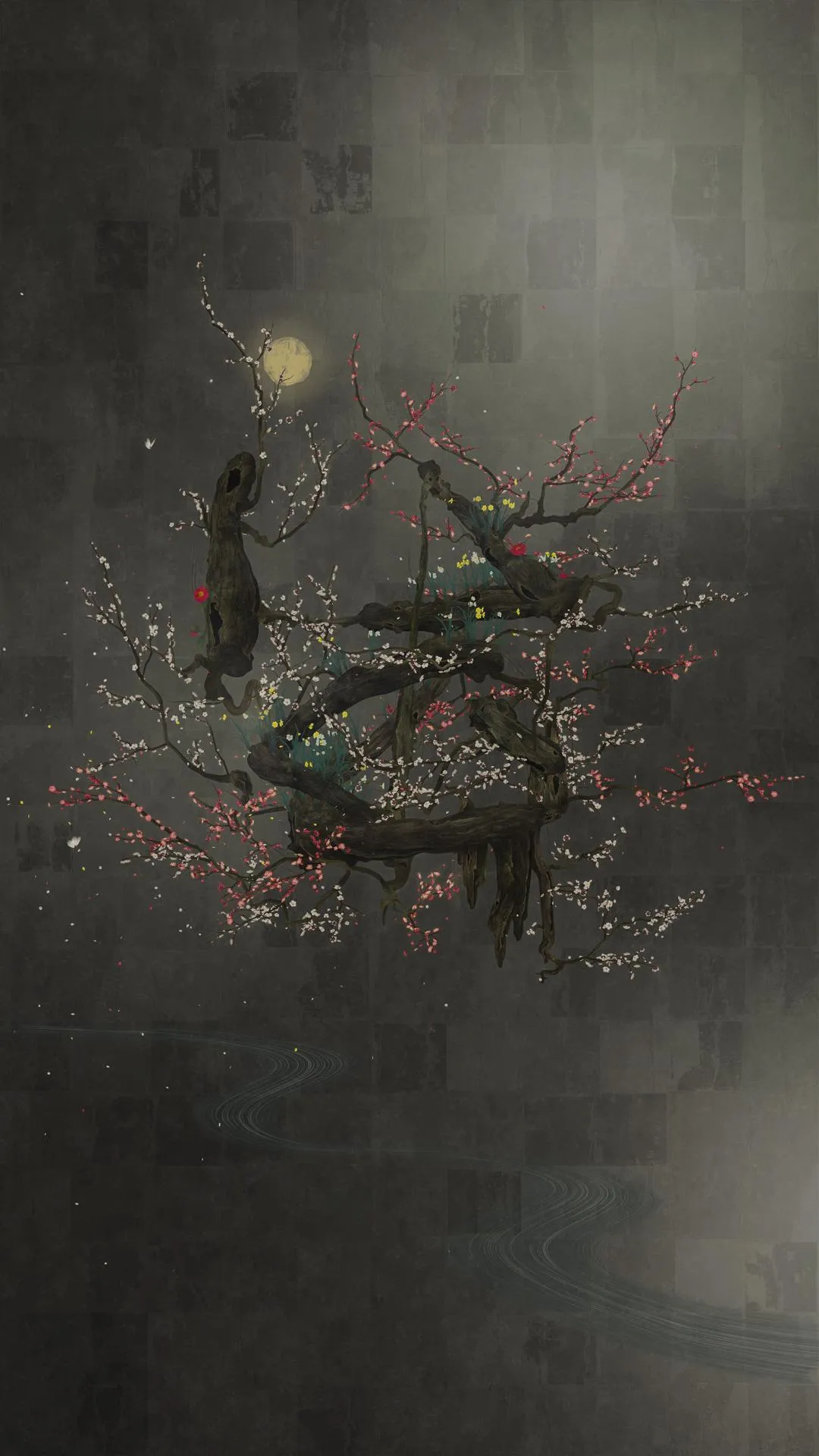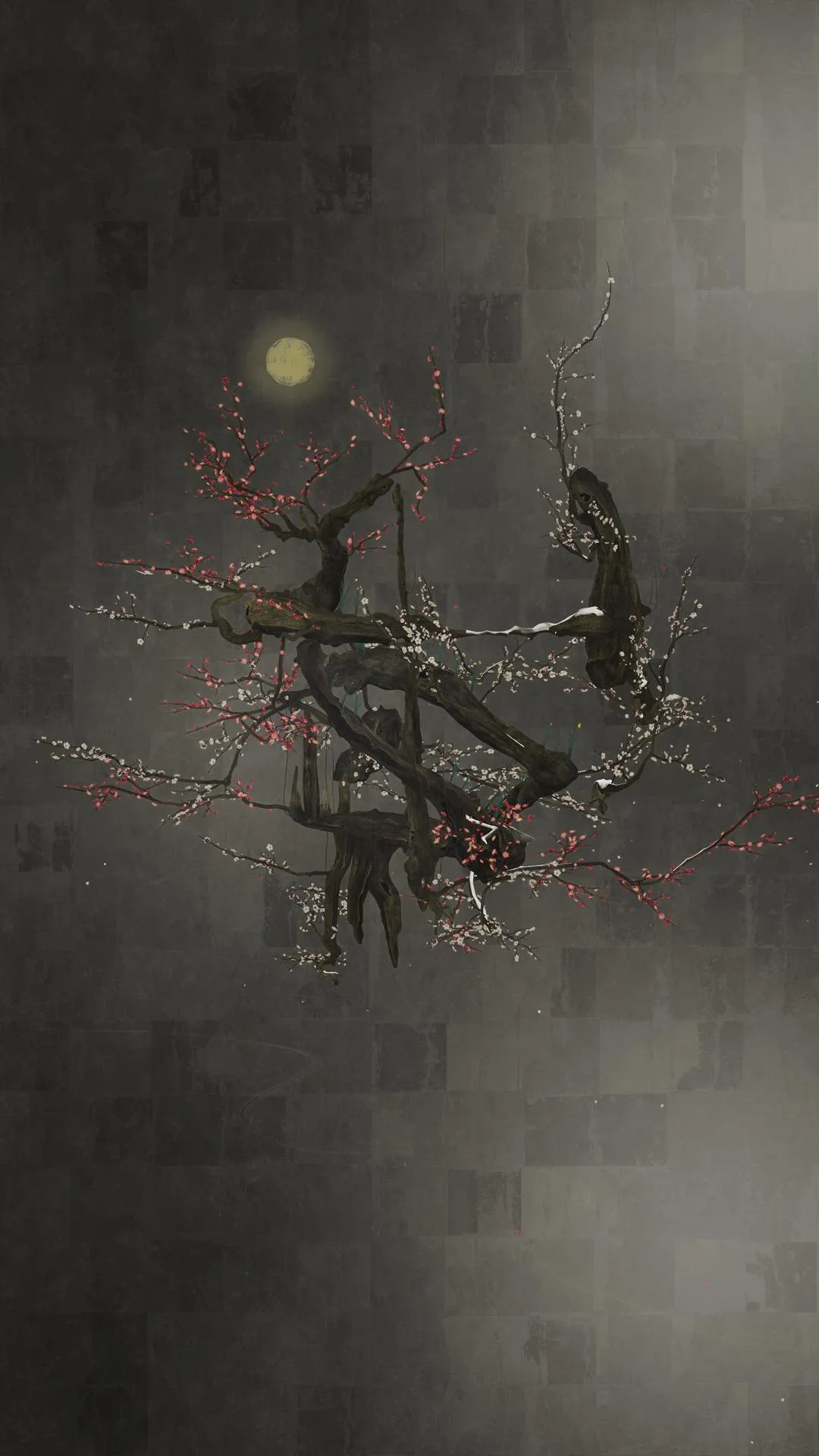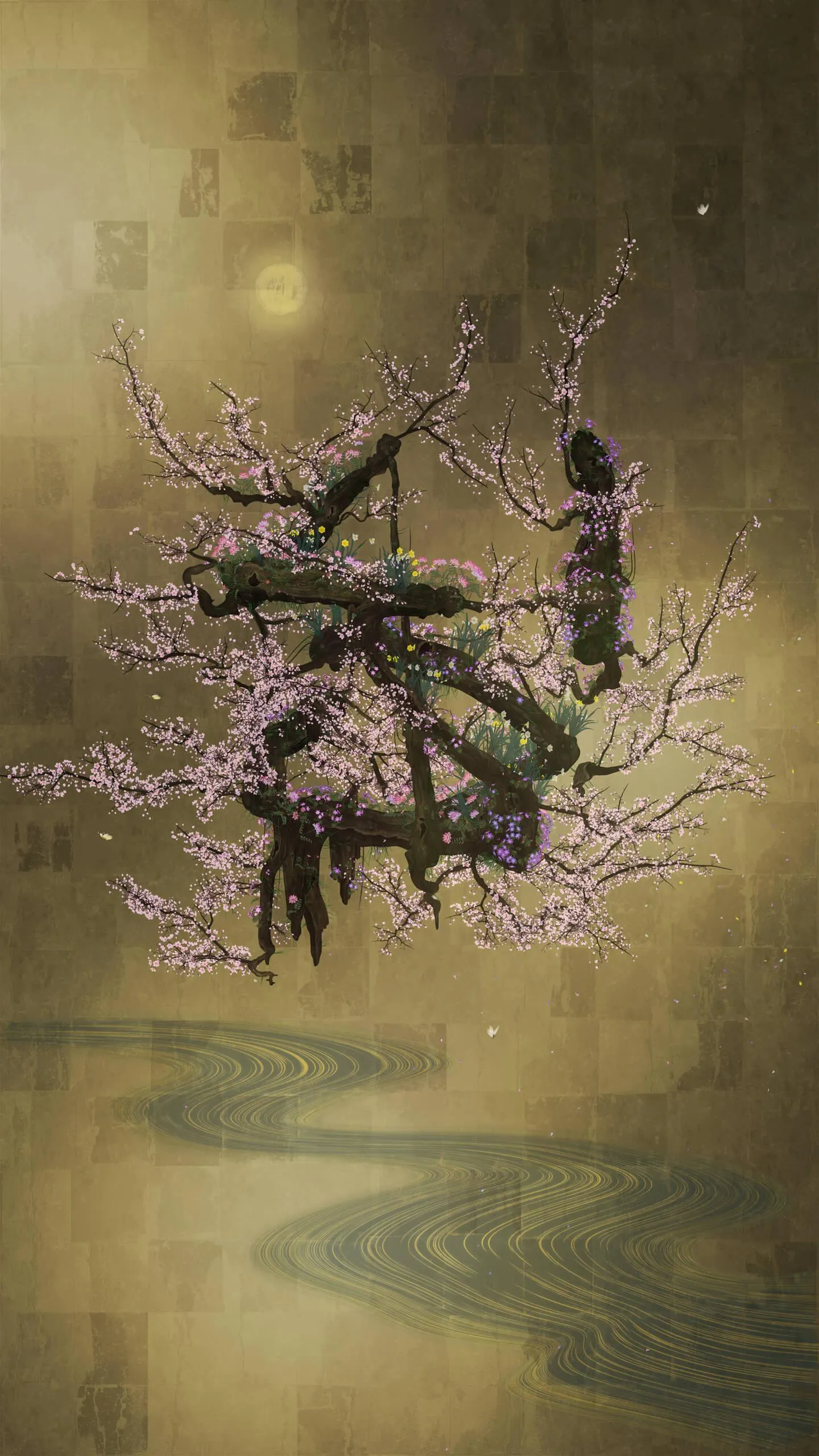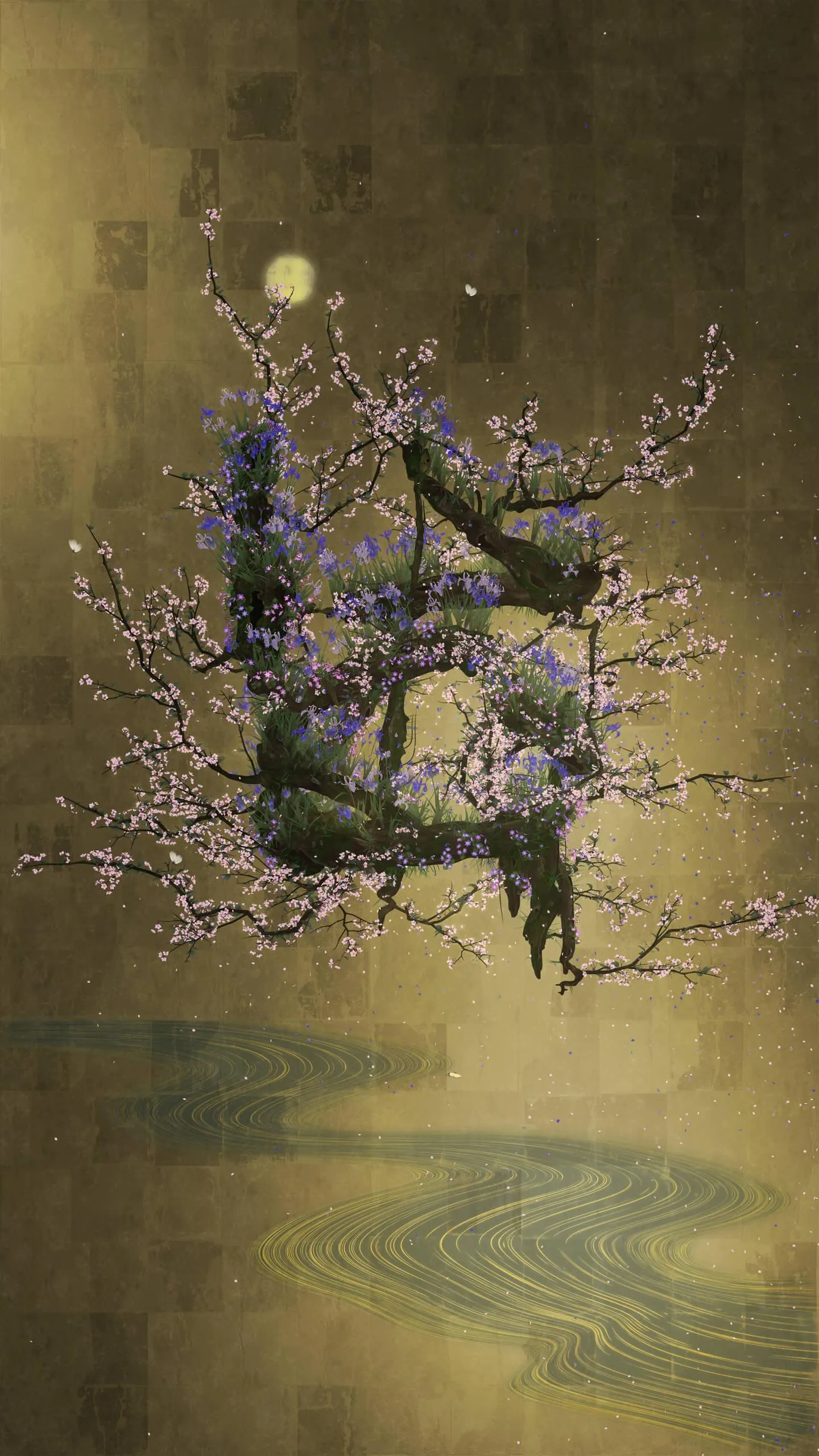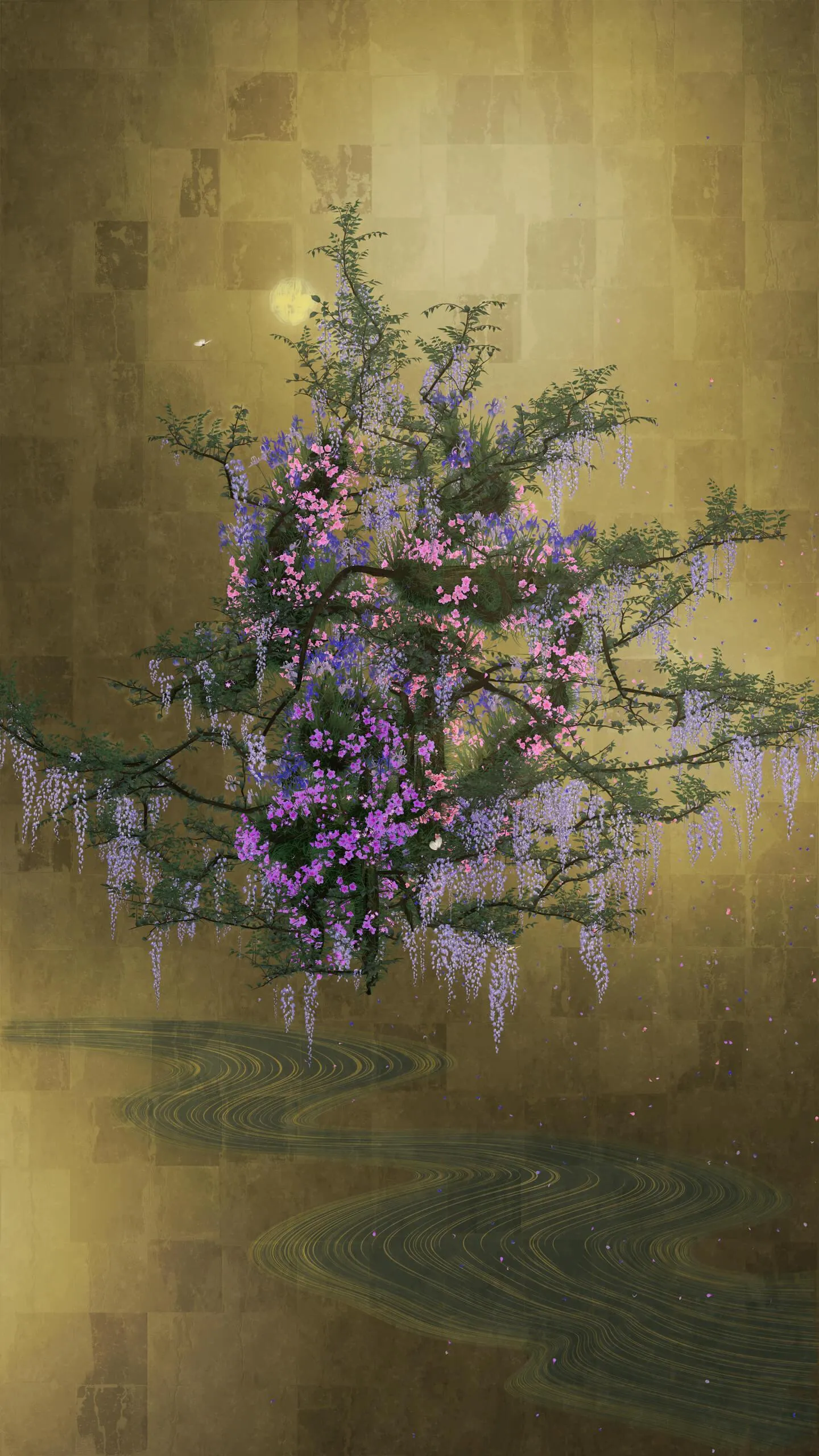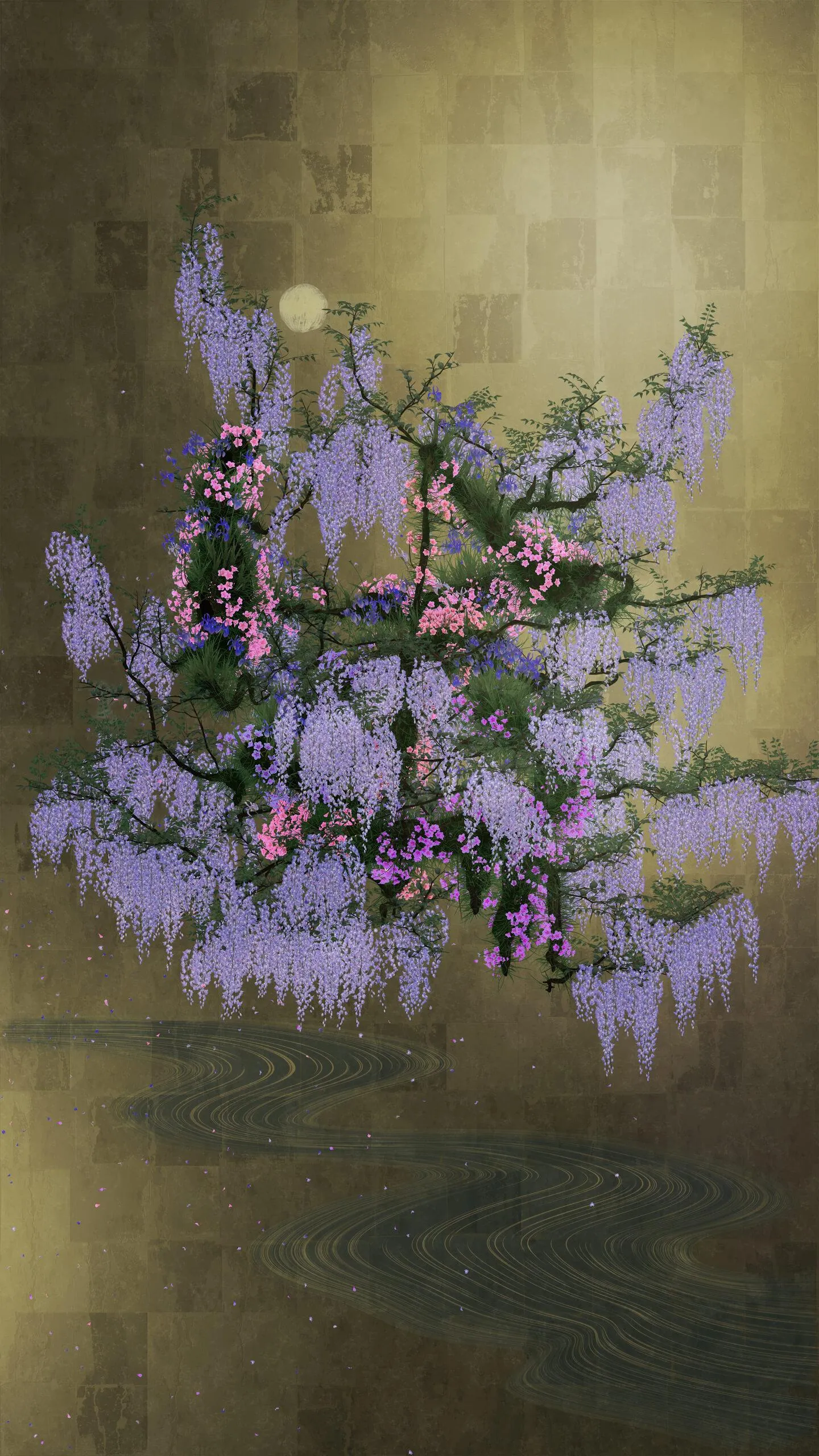Life Survives by the Power of Life II
teamLab, 2020, Digital Work, 60 min (loop), Source Calligraphy: Sisyu


Life Survives by the Power of Life II
teamLab, 2020, Digital Work, 60 min (loop), Source Calligraphy: Sisyu
The self and nature are indivisible. In other words, they appear to be distinct but are actually a single, inseparable entity. The opposite of division is not unification, but the realization that existences that appear to be distinct are actually part of a single whole. In this work, we have given form to what we think of as "life" today.
The blessings and threats of nature, as well as the blessings and threats of civilization, are continuous and connected. There is no absolute malice in any of them, nor is there an ideal of beauty. There is no easy solution, and we may not even be able to organize our emotions towards nature. Even so, we want to affirm all aspects of what it means to be living in every situation. Life is beautiful.
The character for life, 生 (sei), is drawn in three-dimensional spatial calligraphy. Spatial Calligraphy is calligraphy drawn in space, a form of calligraphy that teamLab has been exploring since it was founded. The artwork reconstructs calligraphy in three dimensional space to express the depth, speed and power of the brush stroke, and that calligraphy is then flattened using the logical structure teamLab calls ultrasubjective space. The calligraphy shifts between two and three dimensions.
The space of an artwork framed by a lens or perspective appears on the other side of a display surface: the display surface becomes a boundary, and the space where the viewer exists is separated from the artwork space. However, in this artwork, one of the characteristics of ultrasubjective space is that the display surface does not become a boundary. The space of the work is perceived as if it exists three-dimensionally beyond the display surface and up to the space in which the viewer exists. The space of the work is continuous with the space where the viewer's body is located.
The blessings and threats of nature, as well as the blessings and threats of civilization, are continuous and connected. There is no absolute malice in any of them, nor is there an ideal of beauty. There is no easy solution, and we may not even be able to organize our emotions towards nature. Even so, we want to affirm all aspects of what it means to be living in every situation. Life is beautiful.
The character for life, 生 (sei), is drawn in three-dimensional spatial calligraphy. Spatial Calligraphy is calligraphy drawn in space, a form of calligraphy that teamLab has been exploring since it was founded. The artwork reconstructs calligraphy in three dimensional space to express the depth, speed and power of the brush stroke, and that calligraphy is then flattened using the logical structure teamLab calls ultrasubjective space. The calligraphy shifts between two and three dimensions.
The space of an artwork framed by a lens or perspective appears on the other side of a display surface: the display surface becomes a boundary, and the space where the viewer exists is separated from the artwork space. However, in this artwork, one of the characteristics of ultrasubjective space is that the display surface does not become a boundary. The space of the work is perceived as if it exists three-dimensionally beyond the display surface and up to the space in which the viewer exists. The space of the work is continuous with the space where the viewer's body is located.

